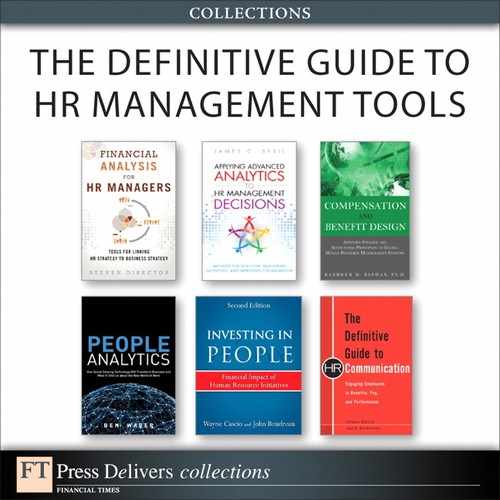A. Definitions
This appendix provides fairly straightforward and easy-to-understand definitions. Most of these definitions have been sourced from Wikipedia, which I believe to be the premiere source for definitions. The alternative is to draw from a textbook on the subject (usually written by one to five authors). The crowdsourcing capacity of Wikipedia expands the number of experts providing input to dozens, hundreds, or even thousands, thus reducing the likelihood of bias and increasing the likelihood of including pertinent information.
Advanced analytics: According to Garter, Inc., advance analytics is defined1 “as analysis of structured and unstructured content (such as text, images, video, voice) data using sophisticated quantitative methods (such as statistics, descriptive and predictive data mining, simulation, and optimization) to produce insights that traditional approaches to BI such as query and reporting are unlikely to discover. It is frequently applied to make decisions, solve business problems and identify opportunities by providing better forecasts, causal understanding, pattern identification, process and resource optimization, and assisting with scenario planning process.”
Agent-based models: “Agent-based modeling (ABM) is a style of computational modeling that focuses on modeling individuals, components of individuals, or heterogeneous parts of a complex system. ABM as a style of computational modeling requires both mathematical and experimental approaches for its development and application.”2
Artificial intelligence: Artificial intelligence (AI) is defined in various ways3 in Russell and Norvig’s book Artificial Intelligence: A Modern Approach. Essentially, AI is focused on thought processes and reasoning. Russell and Norvig further differentiate between how humans actually think and act and thinking and acting in an ideal manner (rationally). AI deals with both actual and ideal thinking and doing and how machines can mimic and assist this.4
Bayesian probability: Bayesian probability theory deals with uncertainty and decision making. This attempts to determine the probability of an event (A) occurring given that (B) has occurred. For example, you can determine the likelihood of employees leaving the organization (employee turnover) using Bayesian probability.5
Data mining: The essential definition of data mining is knowledge discovery in databases, which often follows these five steps:6
1. Selection
2. Pre-processing
3. Transformation
4. Data mining
5. Interpretation/evaluation
The emphasis of data mining is on discovering something new in the data.7
Decision trees: Decision trees are used to predict an item’s likelihood based on observations of the item. Classification trees consist of determination of the likelihood of the occurrence of a class to which the data belongs. Regression trees are associated with the likelihood of a specific value (for example, price of house, hospital stay).8
Expert systems: Expert systems are computer programs that emulate the decision-making process. As the name implies, expert systems imitate the decision-making process of an expert. They contain a knowledge base and an inference engine. The knowledge base is the rules or “knowledge” created by the expert, and the inference engine is the reasoning used to derive recommendations from the knowledge base.9
Fuzzy logic: Fuzzy logic allows for nondichotomous answers that are found between 0 and 1 and are not a strict absolutely correct or absolutely false. This allows for reasoning that is approximate rather than precise. It can also be used to mimic nonrational outcomes (fuzzjectives).10
Genetic algorithms: A genetic algorithm is a search technique that borrows from processes found in evolution to find optimal solutions.11
Machine learning: “At its simplest, machine learning algorithms take an existing dataset, comb through it for patterns, and then use these patterns to generate predictions about the future.”12
Neural nets: This term refers to the network of biological neurons. In the context of AI, neural nets are the artificial nodes used for developing predictive models.13
